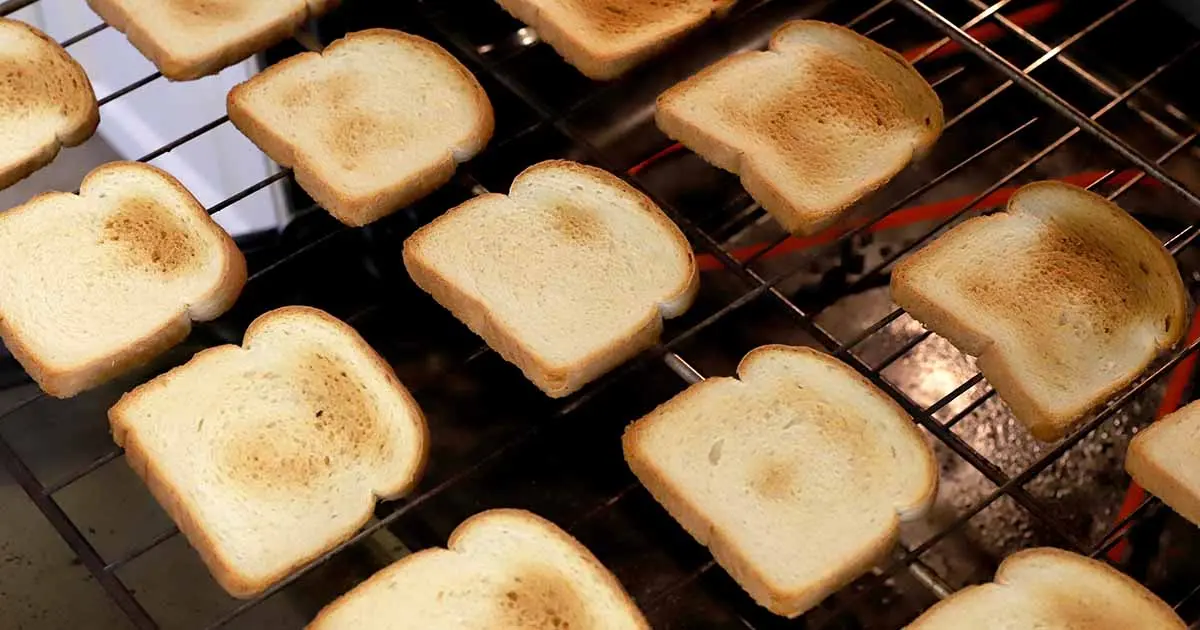When to use baking soda versus baking powder
Baking soda is classified as a base, which means you need to add an acid for it to activate. Acids contain hydrogen ions and have a pH level below seven. Locating these acids is simpler than you might expect. Numerous recipes incorporate ingredients like citrus, vinegar, buttermilk, coffee, and other acidic components. Baking soda is particularly effective for marinating chicken or enhancing recipes that are already quite acidic.
On the other hand, baking powder is most effective when the ingredients have higher pH levels since it already contains an acid. Excess acidity can negatively impact the flavor and texture of your baked goods. Cake recipes often depend on baking powder as a key ingredient because they typically include more alkaline or neutral components, such as eggs, milk, sugar, and vegetable oil.
Baking is fundamentally about achieving the right level of leavening, which is why many recipes combine baking soda and baking powder to achieve a specific texture. To transform baking soda into baking powder, mix one part baking soda with two parts of an acidic ingredient. If you need to replace baking soda with baking powder, use three parts baking powder for every one part of baking soda. Remember that recipes indicate the specific use of baking soda and powder for a reason, but feel free to experiment with them on your own.
Recommended

For Easy To Work With Shortbread Dough, Follow Ina Garten's Fool-Proof Tip

Paul Hollywood's Temperature Trick For Perfect Pastry

The Toppings You Should Avoid When Making Homemade Focaccia

How To Easily Test Your Broiler For Uneven Hot Spots
Next up

